Taiwan's Furniture Industry: Yesterday, Today, and Tomorrow
2011/08/23 | By Judy Li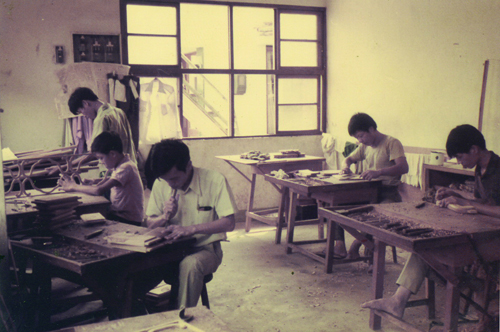
The period of 1945 to 1955 was the embryonic stage of Taiwan's modern furniture industry, when furniture was made with simple tools including hammers, knives, saws, axes, rulers, and drills. Mostly natural materials such as wood, rattan, and bamboo were simply processed into furniture products by family or cottage factories for supply to household users in neighboring villages and townships.
The years 1956 to 1966 were when the industry started using machinery, mainly woodworking machines, for the production of wooden furniture products; massive amounts of human labor, however, were still needed. Materials were expanded to include metal and plastics, and the range of products was enlarged to encompass office and outdoor furniture in addition to indoor and home furniture.
To accommodate these changes, local manufacturers began to develop sophisticated machines or import them from industrialized Western countries. These machines included automatic cutting machines, bending machines, pressing machines, boring machines, plastic injection molding machines, forming machines, engraving machines, grinding machines, milling machines, finishing machines, molding machines, sealing machines, packaging machines, and auxiliary equipment.
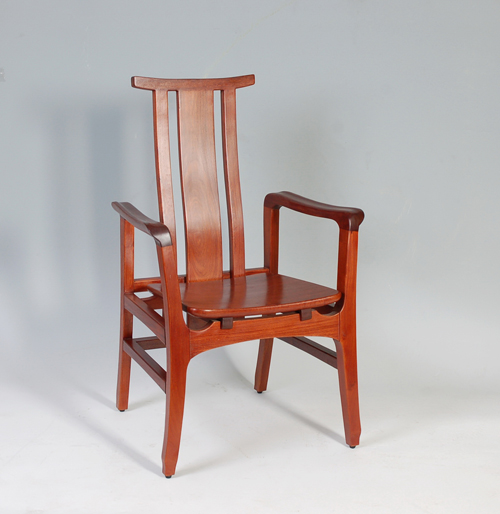
The 1970s and ‘80s Heyday
Taiwan's traditional manufacturing industries grew rapidly from the early 1970s to the late 1980s and gained global popularity. The furniture industry was part of this trend, hitting its peak during that period and exporting so much that the island became known as the “Furniture Kingdom.”
The United States has long been Taiwan's major furniture export outlet, particularly during the heyday of the industry. In the early 1980s, however, Taiwanese furniture makers started exploring markets in Europe, the Middle East, and other areas instead of focusing exclusively on the U.S. so as to avoid the risk of having all their eggs in the American basket.
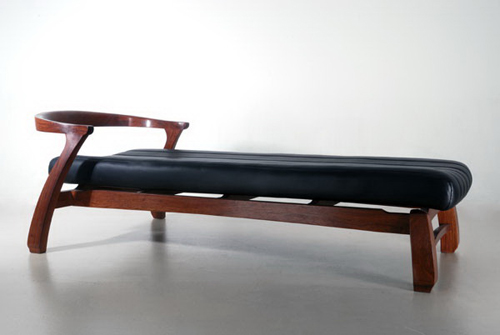
To lower manufacturing cost and maintain competitive in the world market, Taiwanese furniture manufacturers moved offshore. Taking advantage of their linguistic and cultural similarities with China, they focused on China as the location of their alternative production bases. In recent years, Vietnam has followed closely in second place.
Statistics released by the Taiwan Furniture Manufacturers' Association (TFMA) show that more than 80% of the island's furniture makers have moved overseas, mostly to China and Southeast Asia. In China they have clustered in three areas—the south, east, and north. In the south they have concentrated mainly in cities around the Pearl River Delta, including Guangzhou, Shenzhen, Huizhou, and Dongguan; those in the east are mostly located in the Yangtze River Delta, especially Shanghai, Suzhou, and Zhejiang Province; and those in the north are clustered in Shangdong Province and the cities near the Gulf of Bohai.
There are about 1,500 Taiwanese furniture makers currently operating in China, 500 of which have established footholds in Dongguan and 300 in the Yangtze River Delta. The remaining 700 are scattered across China.
Winning Reputation With Innovative Products
Thos furniture makers staying in Taiwan have found market niches by producing innovative value-added products in a wide variety of patterns and relatively small volumes. This strategy has helped Taiwan's furniture industry win back its reputation in the world market.
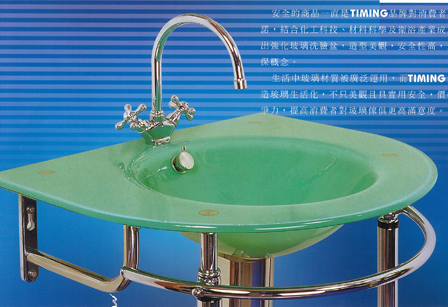
Ruca Chien, chairman of the TFMA, indicates that the furniture manufacturers who have stayed in Taiwan have been savvy about targeting niche markets or fine-tuning existing strengths to stay competitive globally. Backed by the seasoned expertise of their master craftsmen, the furniture makers—whether at home or overseas—are still recognized as formidable suppliers by buyers worldwide.
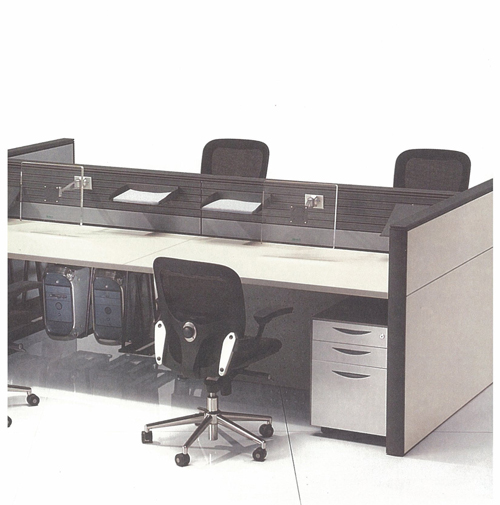
Chen himself is a successful Taiwanese furniture maker as chairman of the Stylution Group, which operates in both Taiwan and China. China, he comments, has been playing an increasingly important role in the global furniture market, particularly in the past decade, thanks largely to the contributions made by Taiwanese manufacturers.
Taiwanese furniture manufacturers have also been growing rapidly in Southeast Asia, particularly in Vietnam. As they have in China, Taiwanese furniture makers have helped turn the furniture industry into a burgeoning sector of the Vietnamese economy.
The world trend today is back toward the “good old days,” with increasing emphasis on lifestyles of health and sustainability (LOHAS). “To keep up with the world trend,” TFMA chairman Chien emphasizes, “furniture manufacturers have to commit themselves to designing and developing furniture that offers environmental protection, health, and safety. We have only one earth, so we should produce eco-friendly products to protect it.”
More Attention to the Environment
Chien urges Taiwanese furniture makers to pay more attention to environmental protection and turn to more eco-friendly “green” furniture items. At the same time, he hopes that Taiwan's government will establish a world-standard certification system for domestic furniture products.
Since Taiwan's furniture makers are mostly small and medium enterprises, Chien suggests that they should integrate with each other, both vertically and horizontally. Upstream operators should focus on design, development, and marketing, while their downstream partners should concentrate on production and the development of molds and parts. They should also set up a platform for the sharing of operating and marketing information, and for common materials procurement so as to reduce costs via economies of scale.
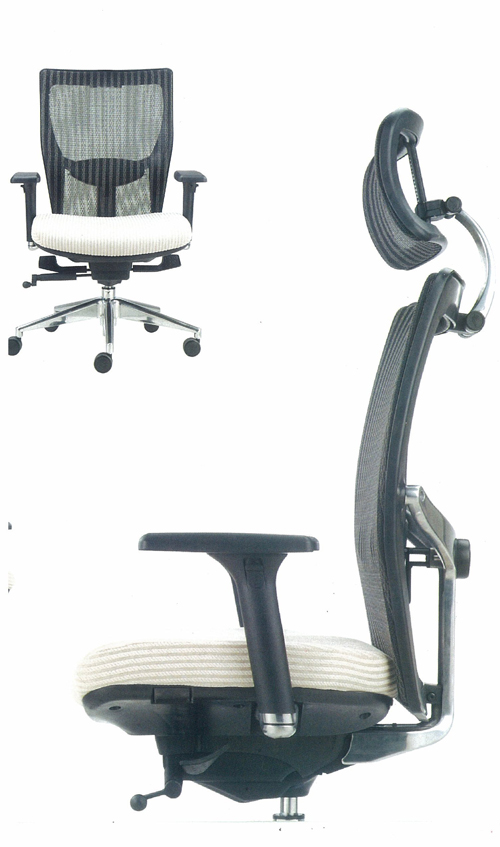
In recent years Taiwanese furniture manufacturers have been encouraged to avoid the underselling that is so rampant in emerging nations by going upmaket and making higher-added-value products. The suppliers have done just that by focusing on the production of especially designed, innovative high-end items in small volumes to serve high-end consumers. Some have been working with craftsmen and designers to develop value-added artistic furniture, while others have emphasized functionality—by adopting, for example, nanotechnology to turn out anti-bacterial, non-toxic, and flame-retardant furniture.
To reinforce their global competitiveness, some domestic furniture manufacturers that turn out products similar to each other are eager to form export partnerships, and scores of metal-and-glass furniture makers in central Taiwan have teamed up to enhance their competitiveness by integrating manufacturing and marketing resources.
Annual exports of furniture from Taiwan currently average about US$1.2-1.3 billion, only half the value during the industry's peak. The major exports outlets are the United States, Japan, Germany, the United Kingdom, China, Canada, Australia, Italy, France, and Mexico.




